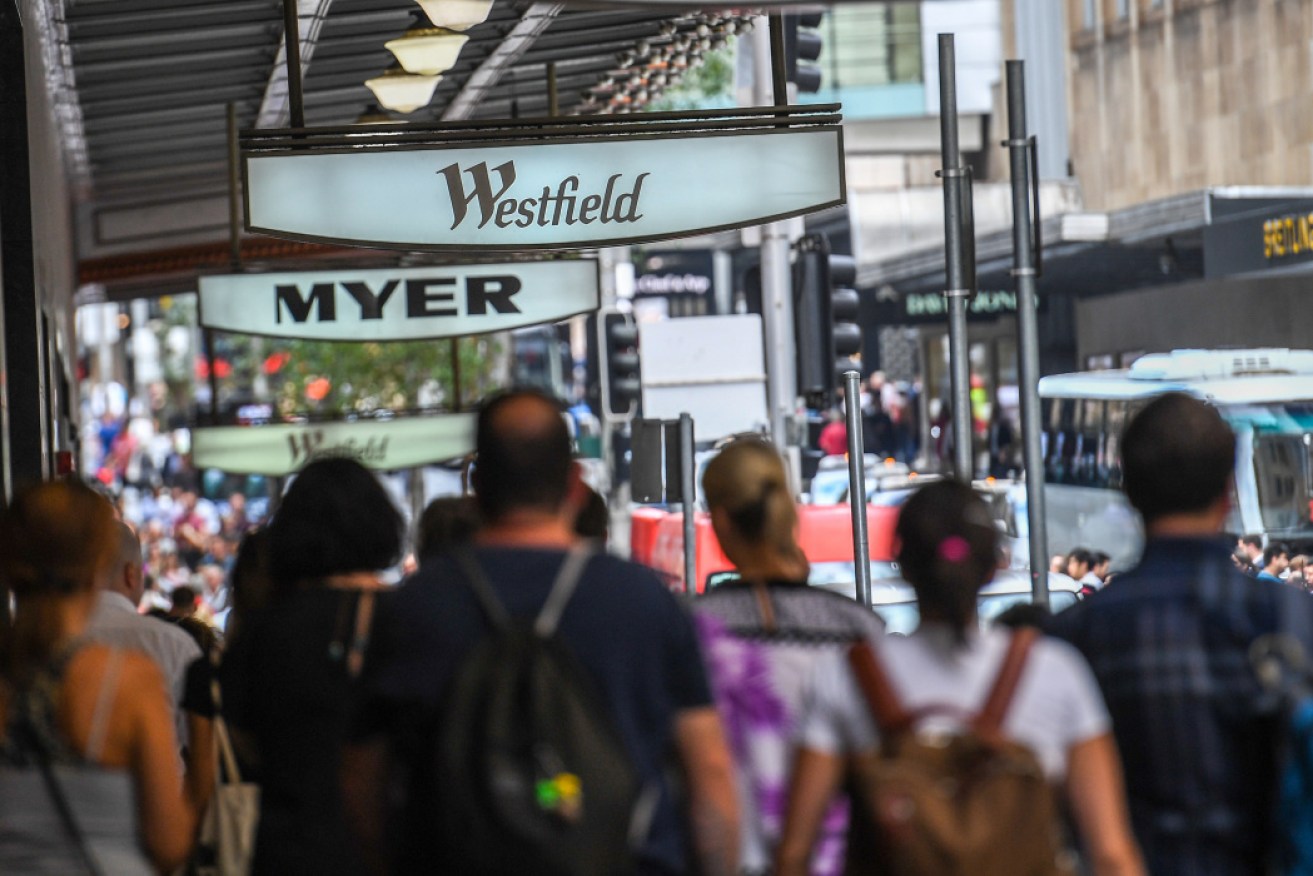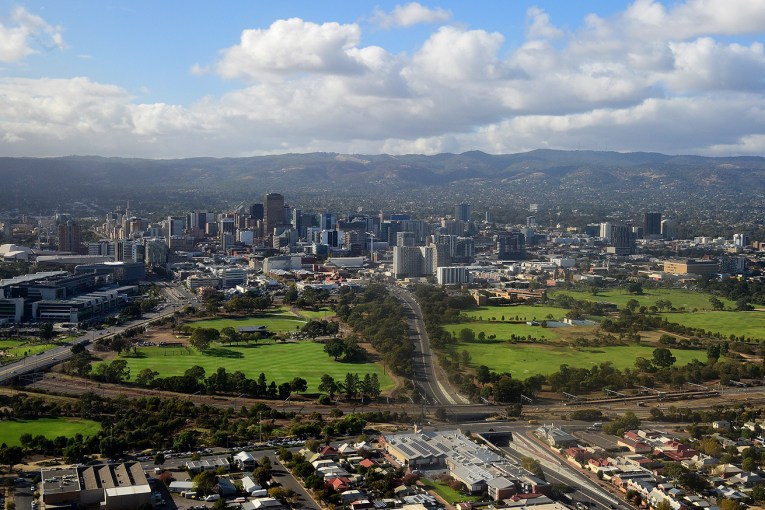Economy slows as households put the brakes on spending


Household spending has slowed dramatically in Australia, according to latest figures. Photo: AAP
Australia had its slowest economic growth in two years in the three months to September as households wound back on spending while digging deep into savings.
The national accounts – a comprehensive guide to the state of Australia’s economy – showed growth overall expanding by just 0.3 per cent in the September quarter.
That is half the rate economists had expected, and well down on the 0.9 per cent growth in the June quarter.
The September figures put the annual growth rate at 2.8 per cent, a marked slow down from the 3.4 per cent reported for June.
It will be a disappointing result for the Reserve Bank and the federal government, which had hoped economic growth would remain above 3 per cent – a level normally associated with strong employment growth.
Still, Treasurer Josh Frydenberg put a positive spin on the result on Wednesday when comparing Australia with other major economies.
“We are performing very very well, second only to the United States, who are around 3 per cent,” Mr Frydenberg said.
But shadow treasurer Chris Bowen said Australia should be doing even better in a “very positive global environment”.
“For Australia to be performing so poorly is an indictment on the economic management of this government,” he said.
Only 24 hours earlier, Reserve Bank governor Philip Lowe had reiterated his expectations of about 3.5 per cent economic growth for this year and the next.
That appears difficult for this year at least, given the latest figures.
Dr Lowe said one continuing source of uncertainty was household consumption.
“Growth in household income remains low, debt levels are high and some asset prices have declined,” he said following Tuesday’s monthly central bank board meeting.
At that meeting, the RBA left the official interest rate unchanged at 1.5 per cent – for the 28th month in a row.
Dr Lowe also hinted at concerns about the potential impact of falling Sydney and Melbourne house prices on the national economy.
“Credit conditions for some borrowers are tighter than they have been for some time, with some lenders having a reduced appetite to lend,” he said following the RBA’s December meeting.
Releasing the national accounts on Wednesday, Australian Bureau of Statistics chief economist Bruce Hockman said household spending was going largely on essential items, such as food and housing.
Discretionary spending (non-essential goods) slowed during the quarter.
Despite the modest increase, Mr Hockman noted growth in disposable income remained subdued, resulting in a further fall in household savings.
“This is the lowest saving rate since December 2007,” Mr Hockman said.
The outlook for the housing market also remains uncertain, with data this week showing the biggest monthly drop in house prices since the 2008-2009 global financial crisis. Nonetheless, Mr Frydenberg said dwelling investment was a “very positive story”.
The national accounts show such investment grew 1 per cent in the three months to September, to a record 7.1 per cent for the year.
Government spending on infrastructure and the export sector also aided the modest expansion.
The Treasurer said the biggest drag on the economy came from a 1.9 per cent fall in new business investment in the quarter, led by a 7.5 per cent drop in the mining sector.
The latest national accounts will feed into the Treasury’s forecasts for the mid-year budget review, which is to be handed down on December 17.
Colin Brinsden is AAP’s former economics correspondent, based in the Canberra Press Gallery.








